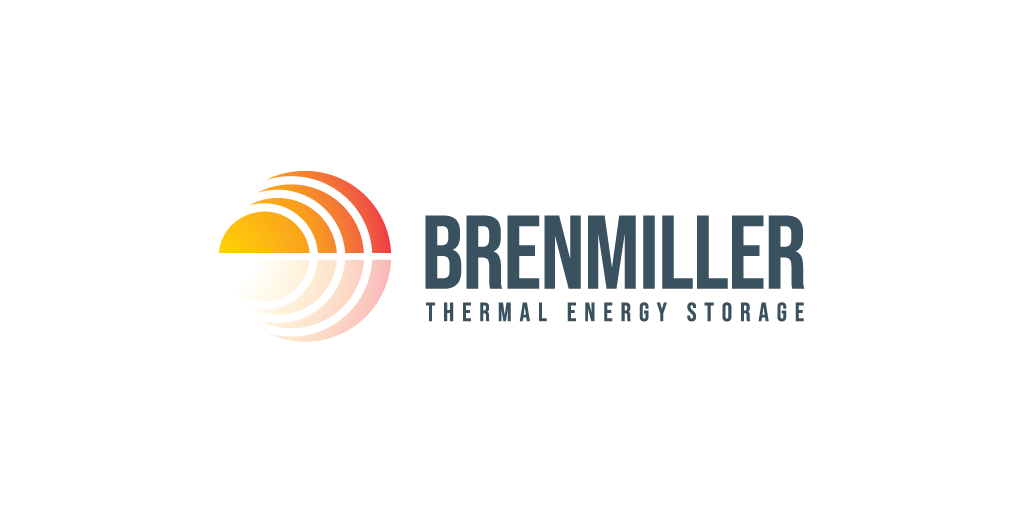The RIINO system, a zero-emission material movement solution leveraging technology influences from monorails, subway systems and the mechanised raise climber, is now officially in the engineering and development stage, with an expanded consortium advancing the technology’s development.
Having completed an in-depth, four-month scoping study backed by Agnico Eagle Mines and Vale Base Metals, utilising a consortium approach, supported by the Canada Mining Innovation Council (CMIC), the company has now moved into this phase, President and CEO, Aaron Lambert, told IM recently.
“Having been in early-stage development since 2020, we’re excited to move into this new phase and engage directly with all parts of the mining ecosystem,” Lambert said, adding that the consortium RIINO is assembling covers not only mining companies, but also fabricators and constructors. “Our aim is to build a consortium that goes across the value chain, we want to support the technology from the beginning to the end.”
In addition to the previously mentioned mining companies, Lambert announced that several more industry leaders have joined the consortium, including mining company Capstone Copper and mining and forestry equipment service company Soudre Dufer. This expansion, RIINO says, highlights the consortium’s growing strength with each new member.
“We’re open to inviting more members into this consortium as we advance the technology and build the demonstration system.” Lambert said. “All of these companies are incentivised by the same thing: to come up with an alternative to the mine haulage status quo that is cost effective, sustainable and flexible.”
RIINO is described as an innovative monorail haulage system targeting the reduction of the industry’s carbon emissions and achieving net-zero goals. It is designed to receive its power from the electrical grid which drives the internal, train-mounted motors as well as auxiliary on-board batteries for a complete electric and automated operation.
The RIINO concept originated out of Lambert’s experience as a contract miner in Sudbury – a role that saw him interact and engage with many different technologies. He has been working on RIINO for several years, with the initial plan to produce a system that is both capex- and opex-efficient. The headline number associated with this is a targeted 50-90% reduction in haulage operating costs.
The zero-emission element has created a further selling point for RIINO, encouraging mining companies to consider its use alongside a host of other haulage alternatives to the standard diesel-powered truck and shovel fleet.
To this point, the power requirements for RIINO have been based off existing specifications for both open-pit and underground mines. The standard 120-t (18% grade) or 400-t payload numbers have also been influenced by existing underground or open-pit mining profiles.

Each RIINO locomotive, part of an integrated system, is equipped with internal, train-mounted motors to provide optimal driveline power. The unique design of these locomotives includes wheels that are fully attached to the rails, similar to a rollercoaster, which effectively eliminates the risk of derailments. According to Lambert, this feature not only enhances safety but also prevents production losses.
Furthermore, the RIINO locomotives offer significant environmental and operational advantages. They play a crucial role in the decarbonisation of mining operations, achieving zero emissions, the company says. The advanced technology used in these locomotives results in reduced energy consumption and lower greenhouse gas emissions. This contributes to decreased environmental risks and liabilities, as well as a reduced overall mining footprint.
The inclusion of a Busbar able to provide 750 V of DC power comes out of the subway and surface transit space, meanwhile. On top of this, the system’s auxiliary on-board batteries eliminate a significant amount of electrical infrastructure such as power cables and additional sub-stations.
The company has partnered with Rainbow Concrete Industries to provide a demonstration site for a prototype system in Sudbury. This site will validate the technology in real-life scenarios. Once testing is completed in December 2025, the site will be open to the public for learning and community engagement.




